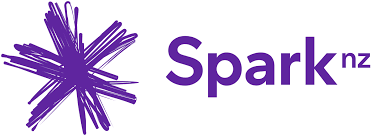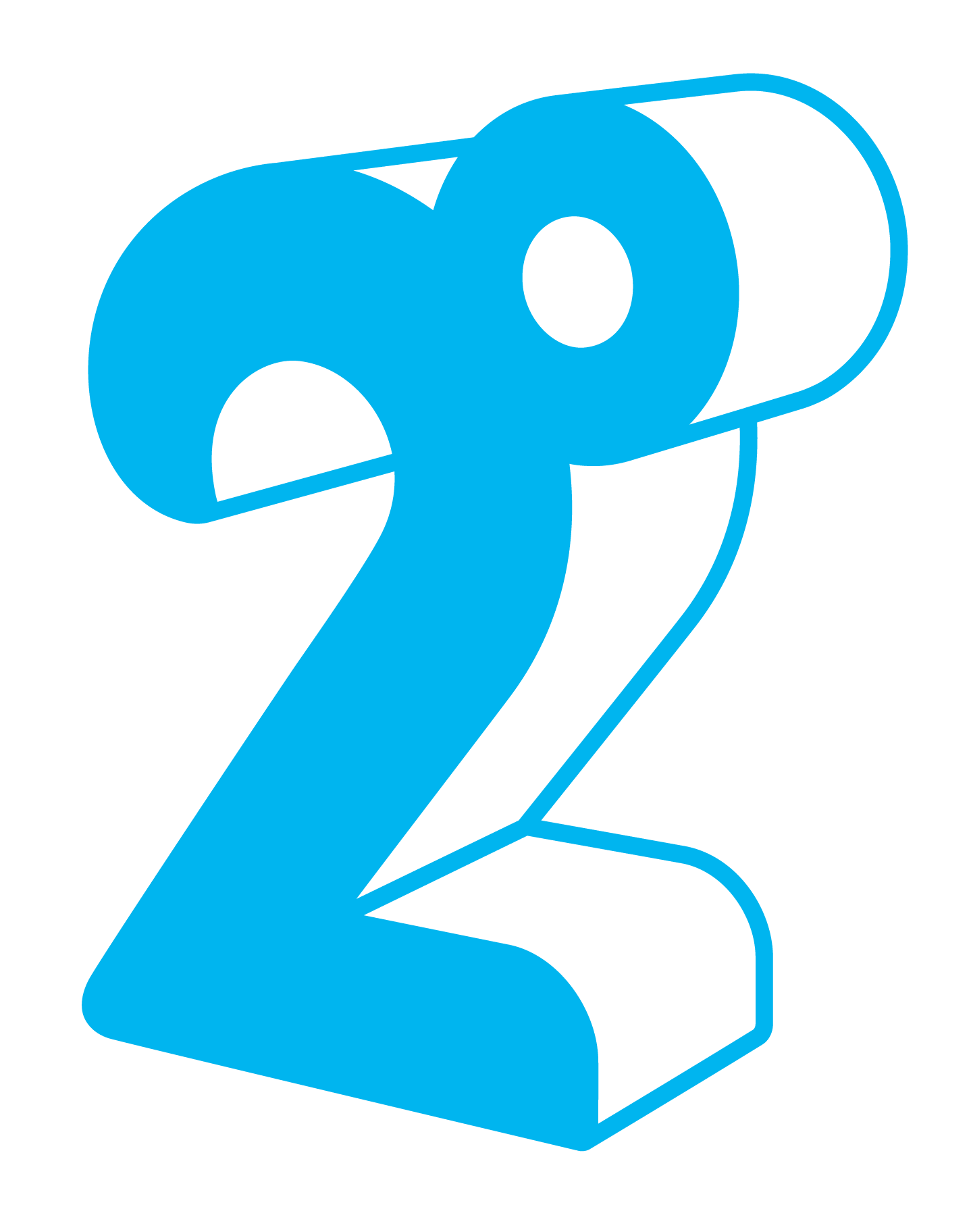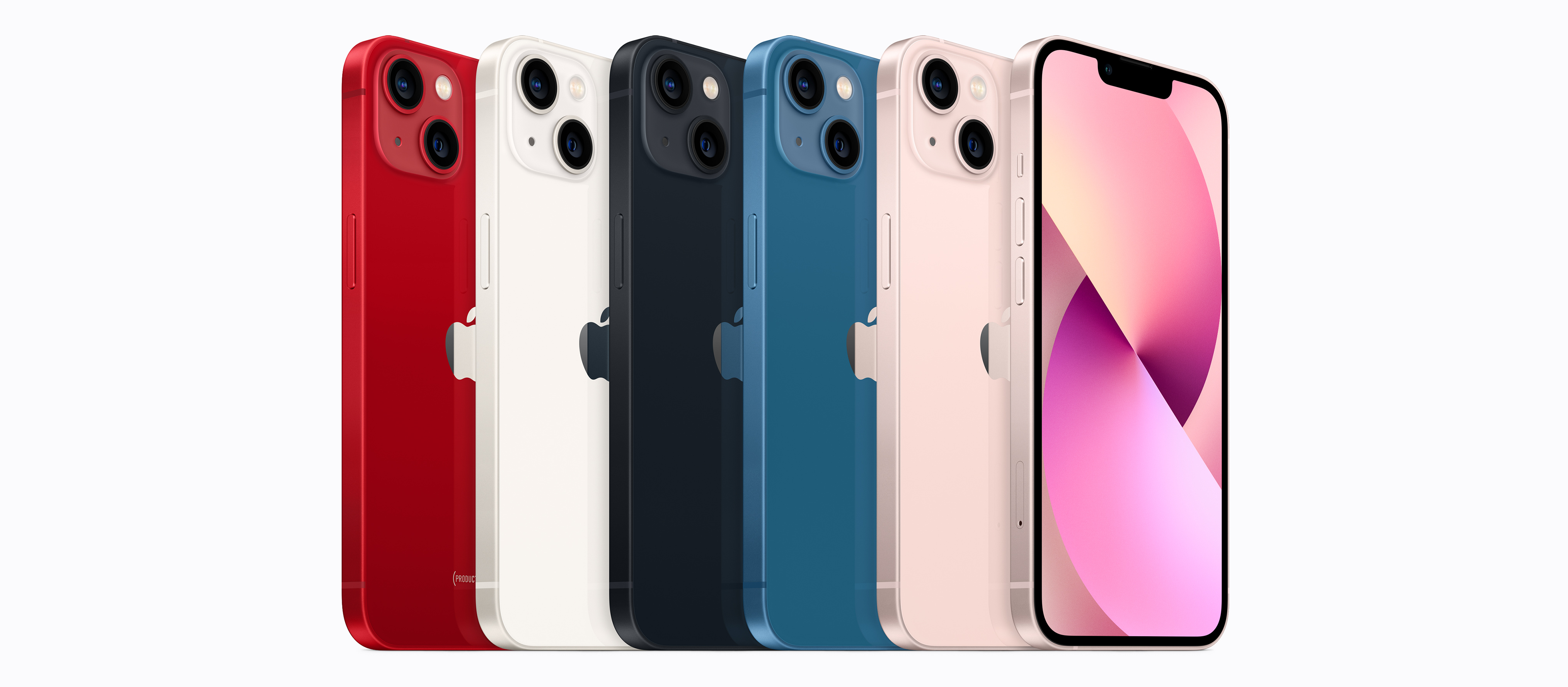There’s long been a good deal of hype around 5G mobile broadband’s potential. A significantly enhanced network capacity, lower latency and, of course, super-fast download speeds. What’s not to love? At the same time, 5G-capable devices, including a growing range of new-release smartphones, are now regularly arriving to market. But before you rush out to upgrade your smartphone to one with 5G connectivity, you might need to check if you can even access 5G at all!
In this article:
- What is 5G?
- Coverage: Where is 5G available?
- 5G phone plans
- Smartphones: which phones are 5G compatible?
- Is now the time to join 5G mobile broadband?
- 5G wireless broadband for the home
What is 5G?
1G was first launched in Japan in 1979 and ran the clunky mobile phones popular in the 1980s. Since then, each generation has added a host of connectivity upgrades, allowing our phones to become the supercomputers they now are.
The fifth-generation, 5G, is the next big jump.
5G is poised to expand and strengthen the mobile ecosystem, catering for an increasingly diverse range of connected devices – from wearable tech to connected cars – and paving the way for a growing range of applications.
To put the 5G leap forward into context, the following are the potential peak speed capabilities compared with 3G and 4G (estimations vary).
| Mobile generation | 3G | 4G | 5G |
| Download speed(*) | 7.2Mbps | 300Mbps | 20Gbps (20,000Mbps) |
*Mbps is the measurement of how fast data can be transferred over a connection (1Gbps equals 1000Mbps).
While real-world speeds won’t be as fast (especially in the initial stages of network development), 5G’s speed ceiling is significantly higher than previous generations. To put that 20,000Mbps speed cap into context, the majority of fibre broadband plans in New Zealand are just 300Mbps. And for those that opt for a Fibre Max plan, you’re likely capping out at around 900Mbps.
Downloads that take hours via 3G, or minutes via 4G, could potentially be completed in a matter of seconds on a 5G network. But again, your iPhone won’t be operating at thousands of Mbps just yet…
Additionally, 5G greatly reduces latency (data transfer delay, often referred to as lag) compared to previous mobile generations. Combined with faster data transfer speeds, this has the potential to enable a range of time-critical IoT consumer and business applications.
Among its other benefits, 5G also significantly improves network traffic capacity, allowing for the efficient connection of a greater number of devices and increased data transfer volumes, underpinning a strongly improved overall network performance.
Where can you access 5G mobile broadband?
At present, mobile network providers Spark, Vodafone and 2degrees are all rolling out 5G network infrastructure around the country. While this has been ongoing for a few years now, it still remains largely in the initial phase.
Interestingly, each provider’s approach has been a little different. While you may expect the major urban centres to benefit the most from 5G, certain pockets in the regions and towns have been some of the first to see 5G coverage. So if you’re reading this from your Southland farm, don’t give up hope just yet!
The following is an overview of where each provider is currently at.
Spark
Spark last year advised that it is targeting delivery of 5G coverage to approximately 90% of the population by the end of 2023. In addition to new locations, Spark will also upgrade existing 5G sites both this year and next.
As it stands, Spark has 5G up and running in 20 locations across New Zealand. It has coverage in cities like Christchurch, Dunedin and Auckland, and is poised to add up to 10 more locations before the end of 2022.
The Spark network coverage map can be found here.
Vodafone
Vodafone states that it “offers 5G services in more places, and covers more Kiwis than any other mobile provider”.
It advises that its 5G network is live in parts of Auckland, Hamilton, the Bay of Plenty, Manawatū-Whanganui, Taranaki, Wellington, Christchurch, Queenstown and Southland.
The Vodafone network coverage map can be found here.
2degrees
2degrees officially launched its 5G network earlier this year in February, with it first becoming available to customers in the central areas of Auckland and Wellington, along with limited areas in Christchurch.
It advised at the time that more suburbs in these three cities will have sites coming online week-by-week throughout 2022.
The 2degrees network coverage map can be found here.
5G mobile broadband: plans and pricing
Currently, there are no 5G-specific phone plans for you to worry about. Rather, all three major providers include 5G access on their existing pay monthly plans, at no extra cost. That means if your phone is 5G capable, and you are in a location with access to 5G, turning on your mobile data should see you connect to a 5G network.
Typically, when connected to a mobile network you should be able to see in the top corner of your phone screen which network you are connected to (eg. 4G or 5G).
The following is a selection of pay monthly mobile plans on offer from Spark, Vodafone and 2degrees, each including access to 5G coverage where available.

Spark
Spark’s open-term pay monthly Endless Mobile plans come with a maximum speed data allocation, with endless data kicking in (reduced to 1.2Mbps) once the allocation has been reached.
It advises that 5G access is included with all of its mobile plans at no extra cost for a limited time.
| Plan | Data | Talk | Text | Cost (monthly)* |
| Endless Mobile | Endless – speed reduces after 12GB | Unlimited NZ/OZ | Unlimited NZ/OZ | $59.99 |
| Endless Mobile | Endless – speed reduces after 40GB | Unlimited NZ/OZ | Unlimited NZ/OZ | $79.99 |
| Endless Mobile | Endless – speed reduces after 100GB | Unlimited NZ/OZ | Unlimited NZ/OZ | $99.99 |
Spark’s Endless Mobile plans include:
- Spotify Premium – Spotify Premium comes included with the $79.99 and $99.99 plans, and is available at half price with the $59.99 plan.
- Hotspot – the $59.99 plan comes with 3GB of hotspot data, the $79.99 plan 5GB and the $99.99 plan 10GB. Customers can also purchase hotspotting as an extra (at a cost of $10 per month).
- Endless Group – up to three companions can be added to the $99.99 plan at a cost of $29.99 each, sharing data, talk and text. Leader plans get a 100GB maximum speed data allocation and companion plans 40 GB, while leader plans include Spotify Premium and companion plans get 50% off.

Vodafone
Vodafone’s open-term pay monthly Endless Data plans come with a maximum speed data allocation, with speeds reduced to 1.2Mbps once the allocation has been reached.
It advises that 5G access is included with all of its mobile plans at no extra cost for a limited time.
| Plan | Data | Talk | Text | Cost (monthly)* |
| Endless Data – Small | Endless – speed reduces after 5GB | Unlimited NZ/OZ | Unlimited NZ/OZ | $45 |
| Endless Data – Medium | Endless – speed reduces after 12GB | Unlimited NZ/OZ | Unlimited NZ/OZ | $60 |
| Endless Data – Large | Endless – speed reduces after 40GB | Unlimited NZ/OZ | Unlimited NZ/OZ | $80 |
| Endless Data – Extra Large | Endless – speed reduces after 100GB | Unlimited NZ/OZ | Unlimited NZ/OZ | $100 |
Vodafone’s Endless Data plans include:
- Hotspot – available at no extra cost.
- International talk and text – 250 minutes and 50 texts to 20 international destinations (with the Medium, Large and Extra Large plans).
- Companion plans – add up to three companion plans (receiving the same plan) for $35 per month per plan (with the Medium, Large and Extra Large plans).

2degrees
2degrees’ open-term pay monthly Endless Data plans provide endless data (reduced to 1.2Mbps), applying after the maximum speed data allocation has been reached.
It advises that customers with a compatible mobile device will be able to access its 5G network.
| Plan | Data | Talk | Text | Cost (monthly)* |
| Endless Data | Endless – speed reduces after 40GB | Unlimited NZ/OZ | Unlimited NZ/OZ | $75 |
| Endless Data | Endless – speed reduces after 100GB | Unlimited NZ/OZ | Unlimited NZ/OZ | $90 |
2degrees’ Endless Data plans include:
- Sky Sport Now – free for six months for new customers (20% off for existing customers).
- Free data hour – choose an hour every day during which all data used is free (capped at 40GB per month).
- Hotspot – available at no extra cost.
- Group plans – add up to three people to a plan at a cost of $30 per month per person.
*Further information on pricing can be found at individual provider websites. This should be used as a starter guide and not considered an actual quote.
Compare phone plans with Canstar Blue

Which smartphones are 5G capable?
Most new Flagship smartphones have 5G capability and, increasingly so, even mid-range devices are coming 5G equipped. But if 5G is of interest to you, it always pays to double-check. Especially as, while 5G may not be available in your town just yet, you can expect significant coverage within the next few years. So ensuring your next smartphone has 5G is a great way to future-proof it. Otherwise, you could be lagging behind everyone else in just a year or two’s time.
While not a comprehensive list, below are some of the most popular Smartphones that currently boast 5G capability:
- iPhone 12 and 13 range
- Samsung Galaxy S22, S21, S20 range
- Samsung Galaxy A32 5G and A52 5G (note the regular A32 and A52 models do not include 5G)
- Oppo Find X5 range
- Nokia X20
- Huawei P40 and P40 Pro+
Do note, that some devices may require you to configure 5G in the phone’s settings, and will not automatically connect to an available 5G network.
Is now the time to join 5G mobile broadband?
As mentioned above, there aren’t currently any 5G-specific plans, with all providers offering it free on their existing plans. So, if you currently have a pay-monthly plan from one of the providers above, you already have access to 5G. Although, they do state this is for a limited time. So this could change once 5G coverage is more expansive.
Should I buy a 5G capable smartphone?
Even if you’ve signed up for one of the above plans, if you’re still rocking an iPhone 11 or earlier, then you can’t take advantage of the free 5G. But before you rush out and buy a brand new iPhone 13, it’s worth noting that it’s probably not worth doing so just for 5G.
Even in areas with 5G coverage, such as Auckland, the coverage remains pretty patchy. A walk through a 5G hotspot such as the Auckland CBD will likely still see you dip in and out of 5G coverage. Furthermore, for most of your day-to-day tasks, 4G is more than capable. If you’re not currently frustrated with your mobile phone’s internet speeds, then don’t go upgrading for the sake of it.
5G is probably something you should look at when making your next upgrade. Not a reason to rush out and upgrade your smartphone now.
Should I switch to a 5G compatible pay monthly plan?
For those that do have a 5G capable device, but are not on one of the above pay monthly plans, is it worth making the switch?
Maybe, but probably not for the 5G…
The above plans offer some great benefits like bucketloads of data, free Spotify or Neon, and cheap bundles for the whole family. If you’re currently on a prepaid plan instead, or with another telco altogether, it might pay to compare the market.
Are you getting the best deal on your mobile plan?
If you are particularly keen on 5G, then you can always look at switching to one of the above plans. But make sure you evaluate the plan as a whole and whether it’s actually right for you. When checking the 5G coverage maps above, keep in mind that when at home, or at work, you’re likely connected to wi-fi. So having 5G here isn’t actually of much use.
Rather think about where you most use your mobile data, and see if there is significant coverage in those places.
Compare phone plans with Canstar Blue

5G wireless broadband for the home
Another use-case for 5G is through wireless broadband for the home.
While fibre broadband plans remain the go-to for most of us, wireless broadband is a great option for some. This may be down to its ease of installation, which is ideal for short-term stays and rentals. Or it might simply be your rural address doesn’t have fibre yet.
Because wireless home broadband taps into the same network as our mobile phones, if 5G is available in your area, you might be able to grab your household a 5G wireless broadband plan. Do note that unlike with the above mobile plans, 5G isn’t offered on any existing 4G wireless broadband plan. To access 5G wireless broadband you will need to sign up for a 5G-specific plan, at a higher cost.
For more information on wireless broadband, including the current offering of 5G plans, click here.
Compare broadband providers for free with Canstar!
About the author of this page
![]() This report was written by Canstar author Martin Kovacs. Martin is a freelance writer with experience covering the business, consumer technology and utilities sectors. Martin has written about a wide range of topics across both print and digital publications, including the manner in which industry continues to adapt and evolve amid the rollout of new technologies
This report was written by Canstar author Martin Kovacs. Martin is a freelance writer with experience covering the business, consumer technology and utilities sectors. Martin has written about a wide range of topics across both print and digital publications, including the manner in which industry continues to adapt and evolve amid the rollout of new technologies
Enjoy reading this article?
You can like us on Facebook and get social, or sign up to receive more news like this straight to your inbox.
By subscribing you agree to the Canstar Privacy Policy


Share this article